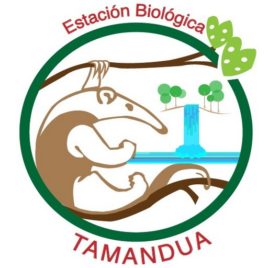Snakes
In Costa Rica, approximately 67% of reptile species are snakes. There are around 150 snake species in total. However, only 25 are classified as venomous. It is easy to find snakes at our Station, during the dry season, species as the poisonous Fer-de-lance and the not poisonous Cat eyed snake move out to the river almost every night to eat
